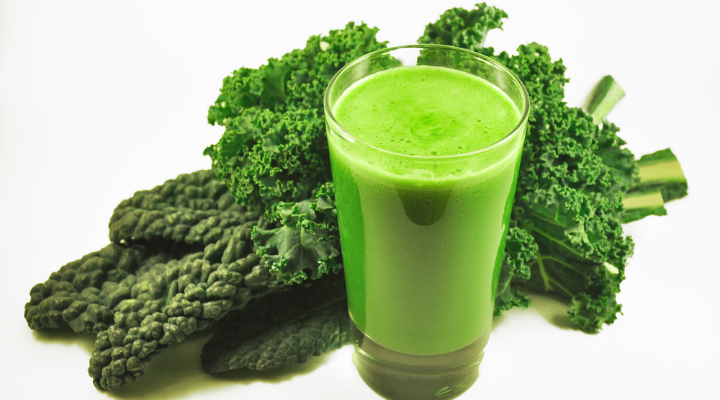If you’re looking for an alternative to cabbage, you may want to check out its leafy-green cousin, kale. The versatile cruciferous (“kroo-sif-er-us”) vegetable offers a host of health benefits.
Eating kale may help reduce risks of certain cancers, such as cancers of the bladder, breast, colon, ovary, and prostate. Steamed kale has also been shown to lower cholesterol levels.
One cup of cooked kale comes in at 36 calories and is a rich source of vitamins K, A, and C.
Varieties
- Curly kale has deep green, ruffled leaves. This variety has a pungent flavor with bitter peppery qualities.
- Ornamental kale, often referred to as salad savoy, may be green, white, or purple. Ornamental kale has a mellow flavor and tender texture.
- Dinosaur kale, or Tuscan kale, has dark blue-green leaves. This variety’s slightly sweeter flavor is more delicate than curly kale’s.
Selecting kale
- Look for firm, deeply colored leaves and moist, hardy stems.
- Leaves should look fresh, not wilted, with no small holes or signs of browning or yellowing.
- Choose smaller leaves, which will be more tender and have milder taste than larger leaves.
Storing kale
- Put kale in a plastic storage bag, removing as much air as possible.
- Store kale in the refrigerator for up to five days.
- The longer kale is stored, the more bitter its flavor becomes.
- Do not wash kale before storing, or it will tend to spoil.
Serving ideas
- Wash, chop and cook kale and apples. Before serving, sprinkle with balsamic vinegar and chopped walnuts.
- Combine chopped kale, pine nuts, and feta cheese with whole-grain pasta drizzled with olive oil.
Source: The George Mateljan Foundation for The World’s Healthiest Foods
